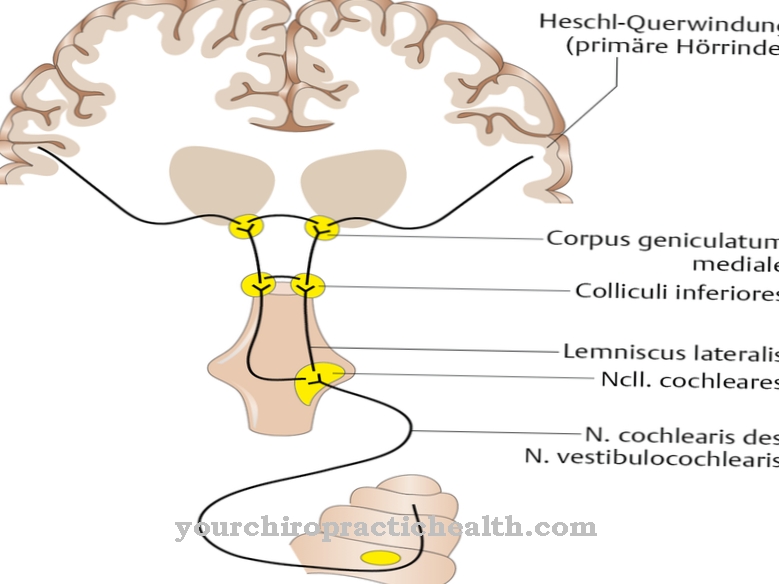Changing the time one hour forward at the end of winter was originally an attempt to save energy. By converting, more daylight should be used. However, animals and humans alike suffer from the "stolen" hour. With care and some tricks you can yourself easier to prepare for the time change and then find your way back to your usual rhythm of life more quickly.
Since when has the time change been in place in Germany?
The first attempt to save energy by introducing summer time began as early as the First World War. At that time the lighting in the factory halls was so poor that only daylight provided sufficient visibility. In order to produce more for the armaments industry, the working hours and thus the entire time of the day were extended by one hour a day through the changeover.
In 1918, with the end of the war, the clocks ran the same year-round again. During the Second World War from 1940 the idea was pursued again and only given up again in 1949. The current annual changeover between winter and summer time has been in place since 1980. There is currently no discussion about repealing it.
The basic idea that the longer day would save energy has been statistically refuted. The daylight saved is instead used for heating energy in private surroundings, especially in the early morning and late evening. The time change does not result in any economic advantage for companies operating in shifts either.
The machines need electricity around the clock, and the factories often depend on additional permanent light from the ceiling anyway. There is also no discernible environmental concept, i.e. reducing emissions, conserving resources or other possible advantages. Only in the summer months is there a saving effect for a few months due to the changeover and the less heating energy required.
Why do so many people suffer from DST?
The sudden change in time is the reason that many people suddenly complain about health problems. The biorhythm cannot do anything with a postponed hour and therefore reports itself through fatigue, sleep disorders and other signs of biological reluctance. Even without a clock, the human body is able to adapt to changed lighting conditions.
However, such a natural adaptation takes significantly longer. In our industrialized age, it is essential to get up in the dark. Depending on the job, it may also be necessary to go to sleep when it is still light outside. Behind this is a disruption of the melatonin balance, which otherwise automatically and timely regulates tiredness and liveliness.
For many people, physical strain can only be endured with training. Bedtime is forced, but this can result in shallower, interrupted sleep. In the morning, those affected are “as if worn out” and find it difficult to achieve the level of activity that is necessary for good performance at work or for coping with everyday life.
Time change means stress, not because it is missing, but because it has been postponed. Although an hour is "given away" when the time is changed from autumn to winter, sensitive people suffer from the sudden shift even now. Since it will be a long time before the time change is discussed again, you should make preparations a while before the change in order to train your body to the new day-night rhythm.
How you can prepare for the transition
- Tip one: Be faster than the time change!
Go to bed an hour earlier in the week before the clock change. If that is too abrupt, you can start sleep training two weeks in advance, then with about ten minutes postponed.
- Tip two: live like everything changes!
The body recognizes from your behavior whether you want to be active now or come to rest. When you eat, what leisure activities you do, how long you spend free time reading or watching TV - if possible, this should also be relocated about three to one week before the time change.
- Tip three: fill up with light!
Spring-weary people know the beneficial effects of the sun or daylight well. You too help your body break down melatonin and thus wake you up more easily if you absorb enough vitamin D through your skin. Ten minutes a day covers 80 percent of the need for this vitamin. Stay out as often and as long as you can.
- Tip four: create an artificial night!
Falling asleep is problematic for many people right from the time change. However, your body recognizes night when you sleep temporarily in the dark. It can also be helpful to equip your other living spaces with dimmed lights for a while before going to bed, for example with semi-opaque curtains or lowering the blinds.
What helps with insomnia on the days after the changeover?
The lack of sleep and sleep disorders lead to cardiovascular problems, headaches and poor concentration for many people immediately after the time change. It is now important to take good care of yourself and not to stress the body. Avoid evening appointments for a while, and make nighttime car journeys better.
A balanced, vitamin-rich diet and the tip with daylight support the biological change. As far as possible in everyday life, your body can regain its strength with a 20-minute nap. However, this short form of an afternoon nap is also a matter of practice. It is best to start training for this before the time change.
The necessary serenity can actually reduce health problems after the time change. For example, statistics on the cozy Bavarians say that they have the fewest conversion problems in a nationwide comparison. More middle-aged women than men are more susceptible to stress during this period - also measured statistically. Perhaps it is their already more sensitive biorhythm that is then strained.
If you generally tend to react to stress with physical symptoms, you should avoid any excessive demands, especially after the time change. Make use of the rest options, distribute appointments and think carefully about whether your planned activities can possibly wait another week or two. Then you are naturally fit again for the new rhythm and also better concentrated.
You can find your medication here
➔ Medicines against tiredness and weaknessMini jet lag with a big impact
Air travelers are familiar with similar symptoms that occur when flying over time zones. The phenomenon is called jet lag and cannot be completely overcome even with frequent fliers. The time change in spring and autumn is therefore rightly called mini jetlag with great effects. Also, watch out for children, animals and the elderly during the conversion phase. The more sensitive an organism is, the more severe the adjustment problems can become.


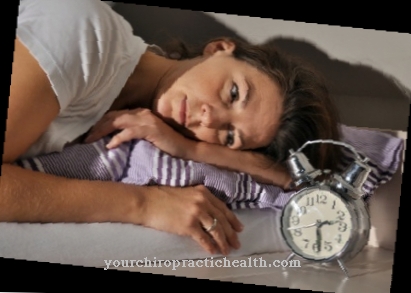








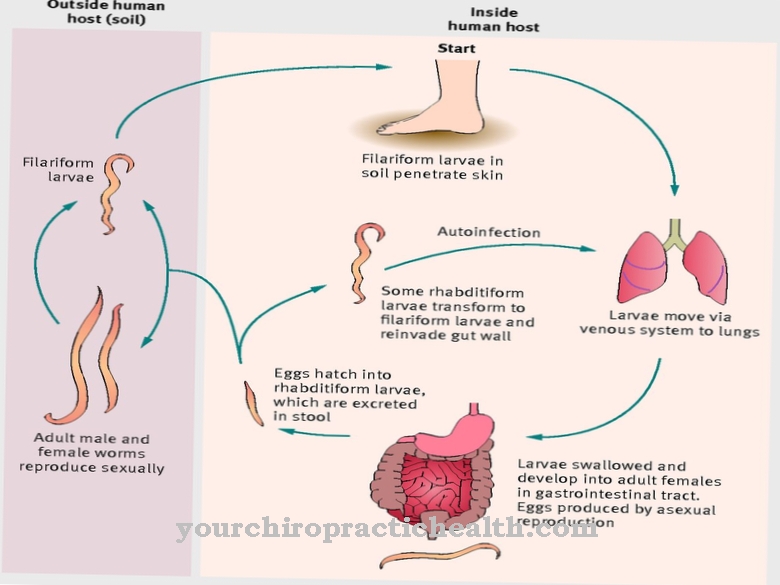
.jpg)
.jpg)


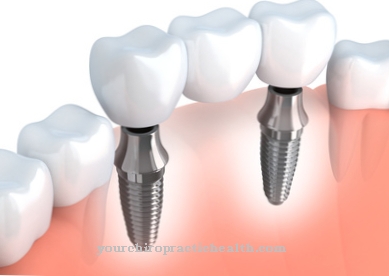


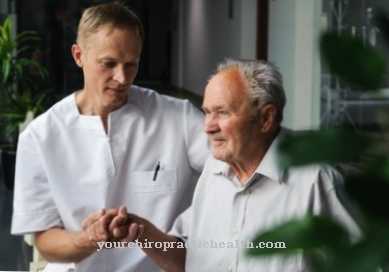
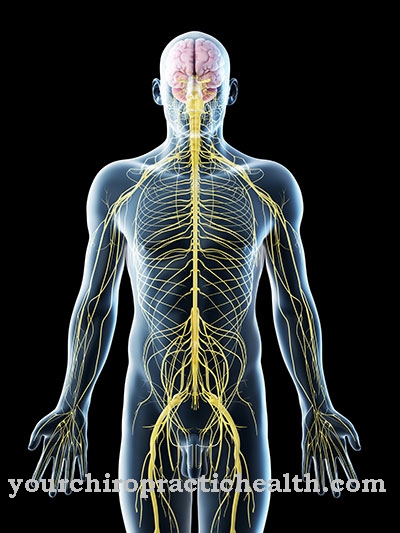
.jpg)
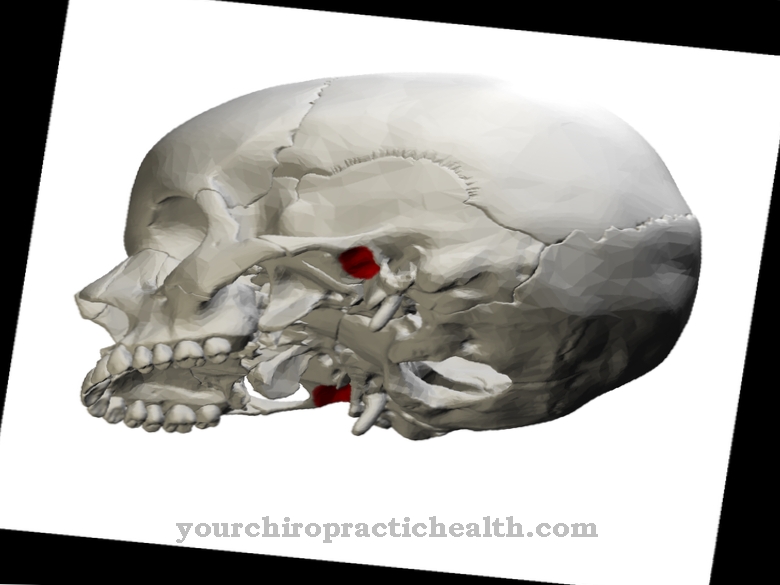

.jpg)


